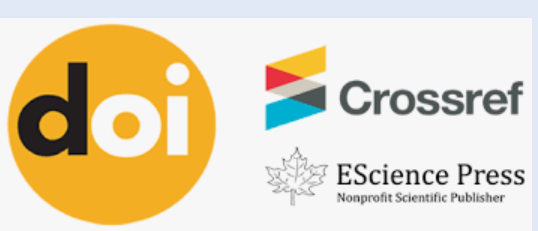Transmission Patterns and Risk Factors for Hematologic Neoplasms in HIV-Exposed Mothers and Infants
Abstract
This study explores the prevalence and risk factors of hematologic neoplasms in HIV-exposed paediatric patients (infants and children) and their mothers in the context of vertical transmission. A total of 100 HIV-affected individuals were included, with a focus on both gender and age-based prevalence patterns. The study also examined how HIV duration, nutritional status, ART adherence, viral load, and CD4 count contribute to the development of hematologic neoplasms. The results show that male infants exhibited a higher frequency of hematologic neoplasms compared to females, with increasing prevalence across age groups—particularly in 6–10 and 11–16 years. Mothers had a 100% frequency of being HIV-infected, with a 2.8% prevalence of neoplasms. Furthermore, longer HIV duration (>1 year) and high viral load were associated with significantly higher neoplasm rates. Nutritional deficits, including malnutrition, significantly increased the risk of developing hematologic neoplasms. Poor ART adherence was linked to a higher prevalence compared to good adherence. Vertical transmission of HIV from mother to infant was identified as a major risk factor, with a 3.5% prevalence of neoplasms among vertically transmitted infants. These findings underline the critical role of early diagnosis, ART adherence, and nutritional management in reducing the risk of hematologic complications in HIV-affected children and their mothers.
Keywords: HIV, Hematologic Neoplasms, Immunodeficiency, Cancer Surveillance, Pakistan





